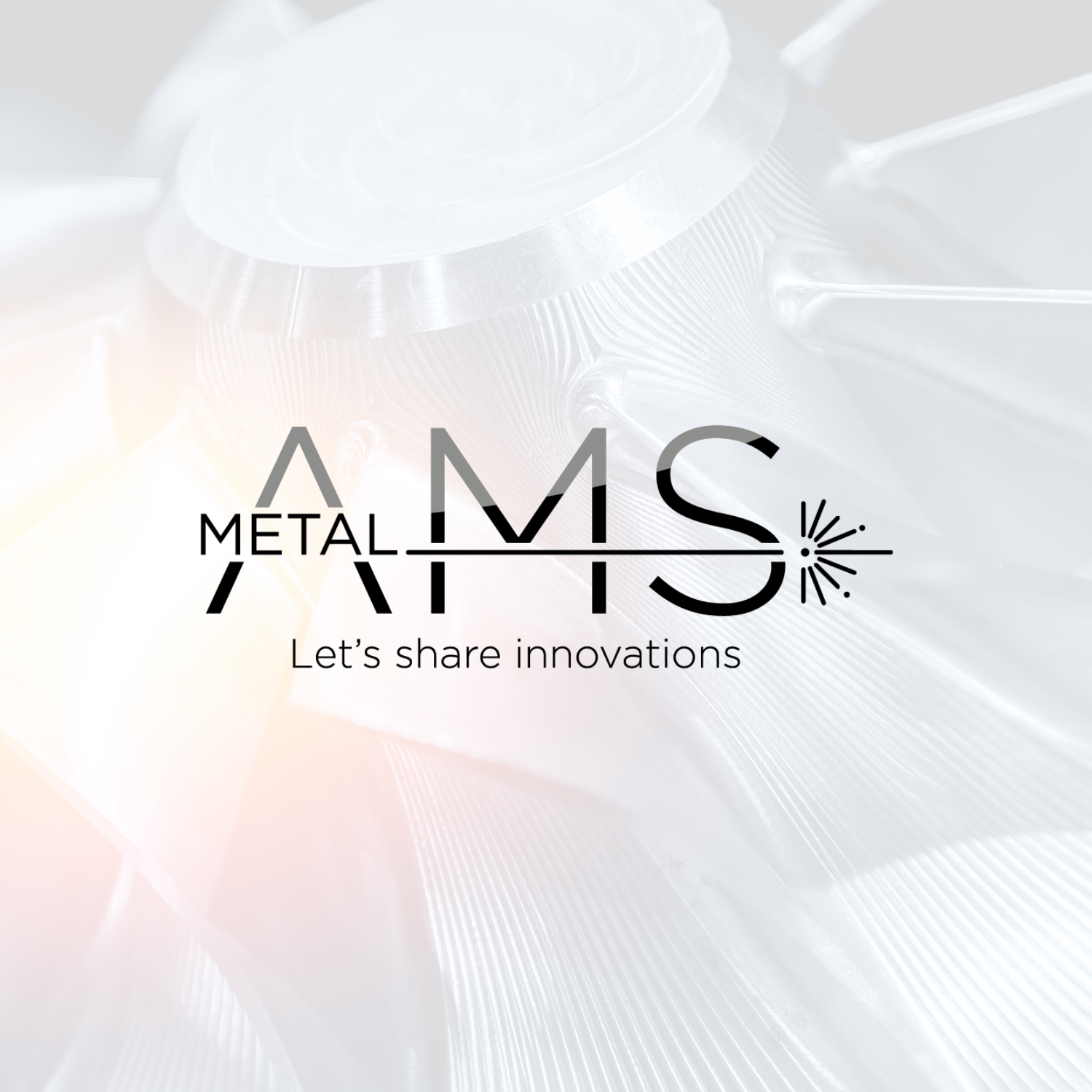77- Strength/ductility trade-off of Laser Powder Bed Fusion Ti-6Al-4V: synergetic effect of alpha-case formation and microstructure evolution upon heat treatments
Abstract
In recent years, additive manufacturing of Ti-6Al-4V (Ti64) alloy by Laser Powder Bed Fusion (L-PBF) became mature enough to consider manufacturing structural components for specific applications. Nevertheless, post-processing operations seem to be unavoidable to meet the product requirements in term of static and dynamic mechanical behavior. In order to relieve the residual stresses formed during the process and to decompose the non-equilibrium martensite into a dual-phase alpha + beta microstructure, post-processing heat treatments (HT) are performed on Ti64 as-built L-PBF parts in the sub-transus range. The induced phase transformation helps to balance the strength / ductility compromise that mainly depends on alpha laths width and beta phase fraction. In the present study, post-processing sub-transus HT are conducted at various annealing temperatures for 2 hours with slow cooling in either a larger volumetric horizontal industrial furnace or a smaller volumetric tubular laboratory furnace. These two different furnaces were chosen to significantly modify the atmosphere and generate and oxygen-affected layer on the surface. The results show that the higher the annealing temperature, the coarser the alpha laths and the higher the beta phase fraction. An oxygen-enriched hard and brittle alpha-case layer was revealed only for HT performed in the industrial furnace. It has been found that without the alpha-case, post-processing HT helps to balance the strength/ductility compromise of the alloy in relation to the microstructural evolution. On the other hand, when an alpha-case layer greater than 50 µm is present, the elongation to failure is impacted and decreases as the alpha-case depth increases. The impact toughness is also affected but remains mainly microstructure-dependent. The loss in ductility was attributed to the presence of cracks that develop at the surface of the samples during tensile solicitation. The opening rate of the cracks lips is proportional to the applied strain, and the cracks spread through the brittle alpha-case layer. It has been shown for the first time that the cracks are visible on the sample’s surface for stress values lower that half of the material’s yield stress.
Speaker

Quentin Gaillard
Discover speaker profileConference
77- Strength/ductility trade-off of Laser Powder Bed Fusion Ti-6Al-4V: synergetic effect of alpha-case formation and microstructure evolution upon heat treatments
Date/Time
21/03/2024
11:25 am -11:45 am
Location
Room 8

